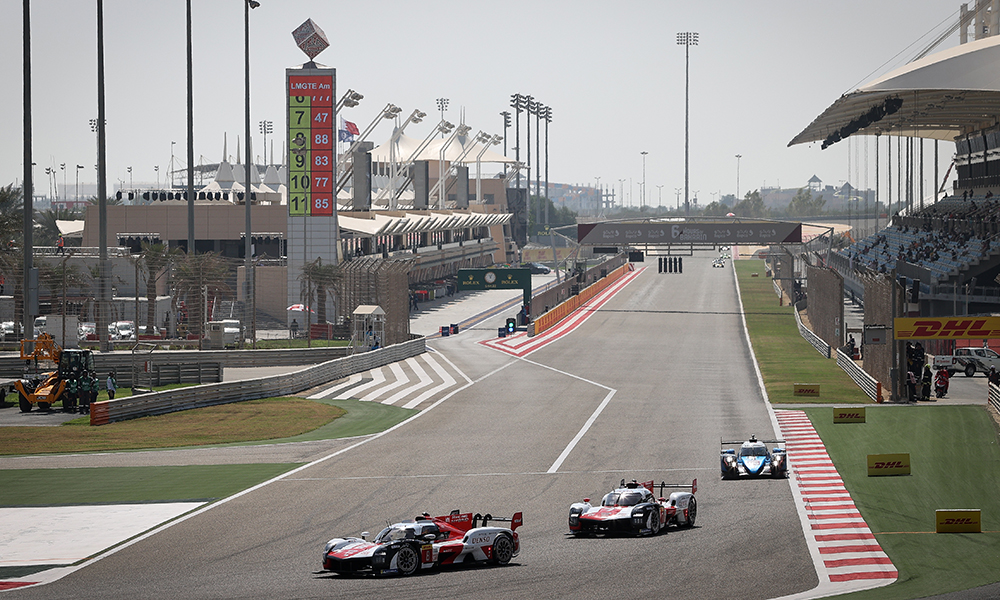
Photo: James Moy/Toyota
Toyota Gazoo Racing was on the “knife’s edge” with tire degradation in the 6 Hours of Bahrain according to the team’s technical director Pascal Vasselon.
The Japanese manufacturer clinched the Hypercar World Endurance Championship title with its third 1-2 finish of the season in Saturday’s scorching round in the Middle East.
Ambient temperatures peaked at 93 degrees Fahrenheit (34 degrees Celsius), leading to one of the toughest FIA World Endurance Championship races on tires that was felt up and down the paddock.
“The average race pace was dominated by tire deg,” Vasselon explained. “It was somehow on the knife edge. Between our two cars, clearly the difference has been made on tire degradation at some point.
“Two times in the race Car 8 had very big degradation and lost contact with Car 7.
“We have to fully understand what has caused the very big degradation at some moments.
“Compared to Alpine, it started very, very close and then it’s not totally clear why we could manage the tires better than them because fundamentally they should have been in better shape.
“We had a different tire strategy, which probably helped us to survive better.”
Vasselon wouldn’t say which Michelin compound the Toyotas were on but indicated they did not use both the ‘Soft Hot Weather’ and ‘Medium Hot Weather’ options in the race.
Mike Conway, who along with co-drivers Jose Maria Lopez and Kamui Kobayashi, said the race presented with a “lot of unknowns” in terms of tire management.
“We never took a set of tires that far into [a double stint] in practice,” he said. “It was just a case of managing it from the start.
“It seemed to work out pretty good towards the second stint. We seemed to really have the advantage.
“It was a great job by the crew, my teammates, who did a solid job all day. It was good to get the win for the teams’ championship also and to extend our lead as well.
“We still have to work hard to clinch it next weekend.”
The winning No. 7 Toyota GR010 Hybrid completed the race by double-stinting its drivers, with the No. 8 car opting for single stints to keep its drivers more refreshed.
Vasselon said that decision was left to each car.
“It was a decision between the drivers and their engineer,” he said. “There was no team decision.
“But I don’t think this was a factor. The factor was really the car setup and the degradation.”

























